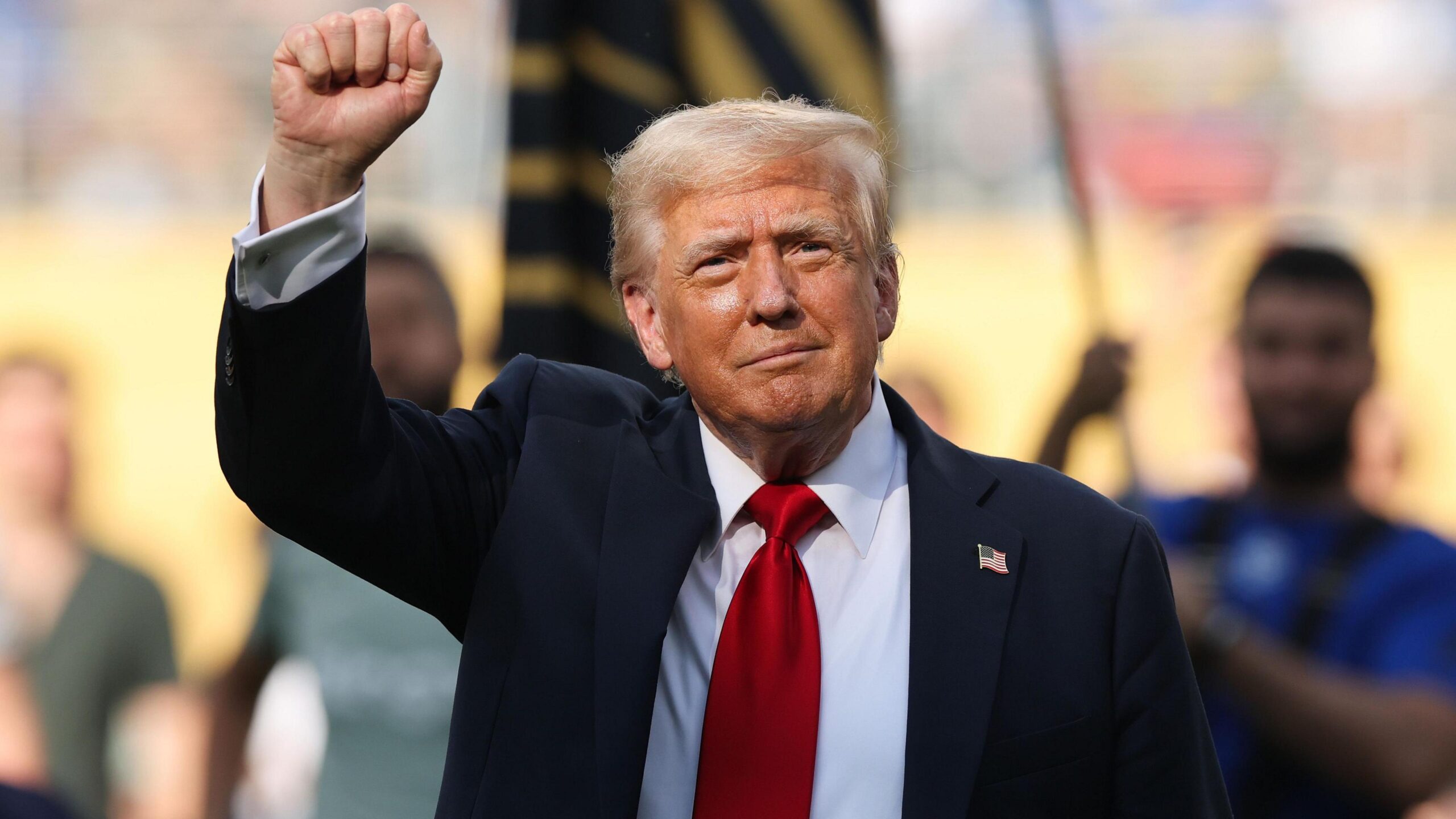In a move that will reshape global commerce, President Donald Trump has enacted the most sweeping tariff regime the U.S. has seen in decades. As of today, August 7, 2025, these tariffs are officially in effect, targeting a vast array of imports while exempting companies that invest in American soil. With the global economy still reeling from inflation and sluggish recovery post-pandemic, this aggressive trade strategy is set to ripple across continents.
What Are Trump’s New Tariffs?
Dubbed “Reciprocal Trade Tariffs,” the policy aims to penalize countries with what the U.S. government perceives as unfair trade advantages. Sectors most impacted include:
-
Semiconductors
-
Automobiles
-
Consumer electronics
-
Steel and aluminum
-
Pharmaceuticals
Countries that maintain high tariffs or non-tariff barriers on U.S. goods have been hit hardest, including China, India, Germany, and South Korea.
Exemptions for U.S. Investment
In a bid to encourage domestic growth, the tariff regime includes exemptions for companies that invest in the U.S.. Firms that can prove they’re building factories, hiring workers, or sourcing from American suppliers will see significant relief.
“This is not about protectionism—it’s about fairness,” Trump said during a press conference. “If you want access to the American market, build in America.”
Global Reactions: Allies Unsettled, Rivals Furious
🇨🇳 China
China, already engaged in a complex trade battle with Washington, called the move “economic aggression” and vowed retaliation.
🇪🇺 European Union
EU leaders warned the new tariffs could violate WTO rules and hinted at legal and diplomatic pushback.
🇯🇵 Japan & 🇰🇷 South Korea
Major Asian exporters expressed disappointment, with Tokyo considering a formal protest at the G20.
🇨🇦 Canada & 🇲🇽 Mexico
U.S. neighbors raised concerns about supply chain disruptions under the USMCA agreement.
Impact on American Consumers & Businesses
Prices on consumer goods—particularly electronics, cars, and clothing—are expected to rise by 8–15% over the next 6 months. Retailers like Walmart and Target have already warned of supply cost increases.
For manufacturers, the tariff policy could be a double-edged sword:
-
🔼 Input costs may rise
-
🔽 But domestic suppliers may benefit
Winners and Losers
Winners:
-
U.S. steel and aluminum producers
-
Domestic chipmakers
-
Midwestern manufacturers
-
Pro-union political lobbies
Losers:
-
Global tech giants reliant on Asian supply chains
-
Retailers & import-heavy businesses
-
Foreign automobile exporters
The Bigger Picture: Is This the Start of a Trade War?
This isn’t just about tariffs—it’s about redefining global economic rules. Analysts believe this could trigger:
-
A new wave of protectionism
-
Weakening of global institutions like the WTO
-
Regional trade blocs emerging stronger (e.g., ASEAN, BRICS+)
Economists warn that this strategy could backfire if retaliatory tariffs spiral out of control.
Market Reactions
On the day of the announcement:
-
Dow Jones dipped 320 points
-
NASDAQ tech stocks dropped 2.4%
-
European markets fell sharply, with Germany’s DAX sliding 1.8%
Meanwhile, some U.S. manufacturing stocks surged, buoyed by expectations of local demand.
What Comes Next?
The next G20 summit will be a critical moment. Will Trump double down? Will global leaders unite to push back? Much remains uncertain.
For now, businesses and consumers around the world are bracing for impact.
Conclusion
Trump’s new tariff strategy isn’t just a political maneuver—it’s a structural shift in how the U.S. approaches global trade. Whether it revives American industry or sparks economic chaos, it will be remembered as a defining moment of modern geopolitics.
FAQs
Q1. Why did Trump impose these new tariffs?
To promote domestic industry and retaliate against countries with unbalanced trade practices.
Q2. What industries are affected most?
Semiconductors, electronics, automobiles, and pharmaceuticals.
Q3. Will prices go up in the U.S.?
Yes, prices for many imported goods are expected to rise in the short term.
Q4. Who benefits from this policy?
U.S.-based manufacturers and firms investing locally.


